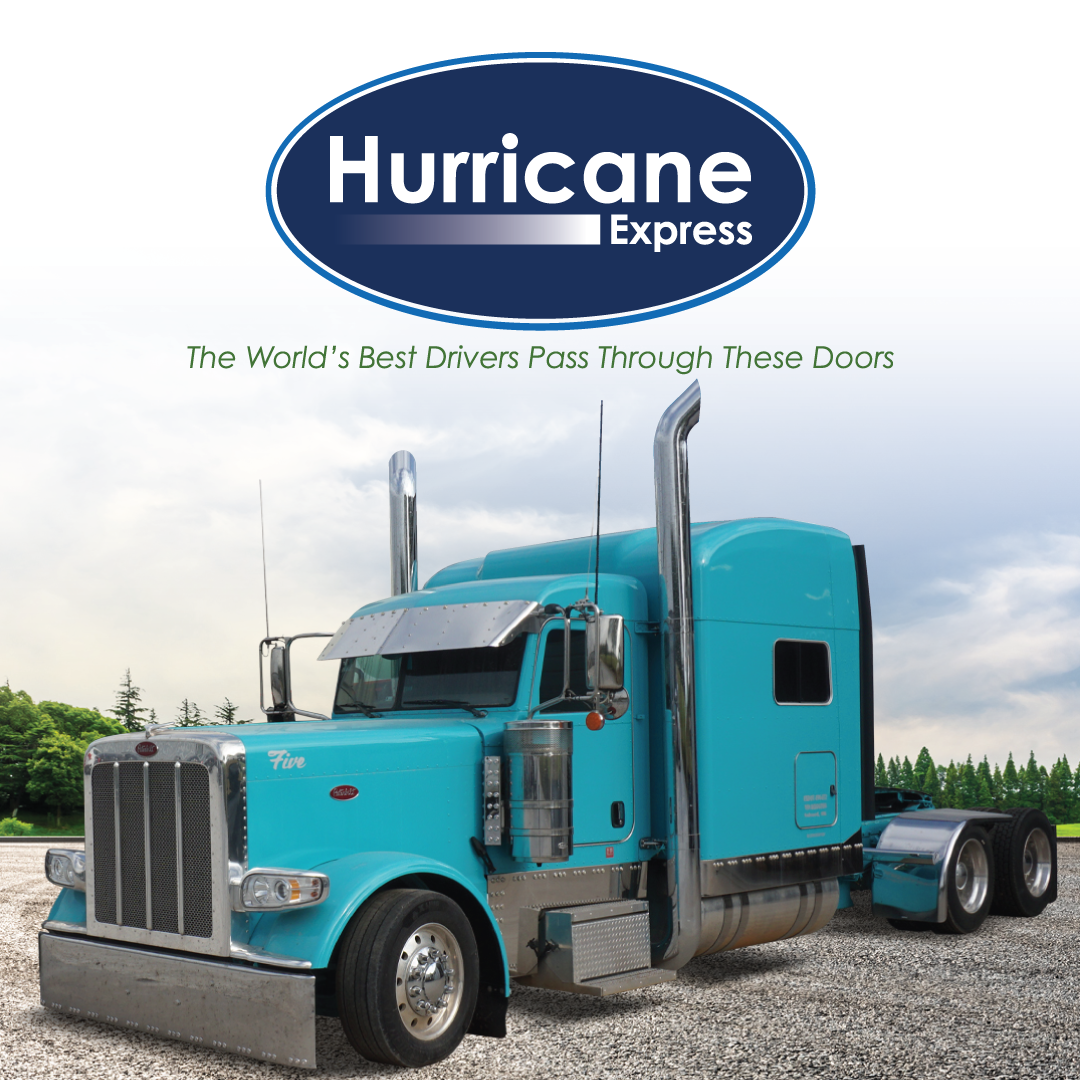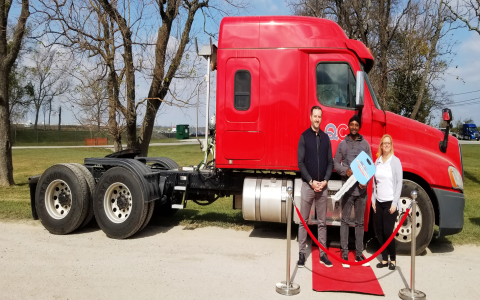So, you’re thinking about getting into a lease purchase program for a Peterbilt 389? You’ve come to the right place. As someone who’s been testing and writing about trucks for over a decade, I’ve seen firsthand how the right lease purchase deal can be a game-changer for an owner-operator. It’s a path that can lead you to owning one of the most iconic and reliable trucks on the road without the massive upfront cost. This guide will walk you through everything you need to know, from the nuts and bolts of the agreement to why the Peterbilt 389 is such a fantastic fit for this model. We’ll cut through the industry jargon and give you the straight talk you need to make an informed decision for your trucking business.
What Exactly is a Truck Lease Purchase Program?
Let’s start with the basics. A lease purchase agreement is a financing model where you, the driver, lease a truck from a carrier or a leasing company with the option to buy it at the end of the term. Think of it as a hybrid between being a company driver and a full-fledged owner-operator. You’re running under the company’s authority, but you’re responsible for the truck’s operating costs like fuel, maintenance, and tires. A portion of your weekly revenue goes towards the lease payment, and after a set period—typically three to five years—you own the truck outright. It’s a popular way to test the waters of truck ownership without committing to a traditional bank loan.

Why the Peterbilt 389 is a Prime Candidate for Lease Purchase
Not every truck is built for the long haul of a lease purchase program. The Peterbilt 389, however, is in a league of its own. Here’s why it’s such a stellar choice.
Unmatched Durability and Resale Value
The Peterbilt 389 isn’t just a truck; it’s an American icon for a reason. Its classic aluminum cab and deep-section frame are built to last millions of miles. From my years of putting trucks through their paces, the 389 consistently demonstrates a level of robustness that translates directly into lower long-term costs and exceptional resale value. According to Truck Paper, the Peterbilt 389 consistently retains a higher percentage of its original value compared to many competitors, making it a smarter financial investment over the life of your lease purchase.
Driver Comfort and Pride of Ownership
When you’re living in your truck for weeks at a time, comfort isn’t a luxury; it’s a necessity. The 389’s spacious and well-appointed interior is like a second home. With ample room to stand up, move around, and customize your sleeper berth, it reduces driver fatigue and makes those long hauls more manageable. Driving a rig that turns heads at every truck stop also brings a sense of pride that can’t be quantified. You’re not just driving a truck; you’re piloting a legend.
Performance and Customization
Under the hood, the Peterbilt 389 can be spec’d with a range of powerful and fuel-efficient engines, like the PACCAR MX-13, which is known for its reliability and pulling power. This flexibility allows you to tailor the truck to your specific hauling needs, whether you’re running heavy loads through the Rockies or aiming for maximum fuel economy on interstate routes. This level of customization ensures the truck works as hard as you do.
Breaking Down the Pros and Cons of a Peterbilt 389 Lease Purchase
Like any major business decision, a lease purchase agreement has its highs and lows. It’s crucial to go in with your eyes wide open.
The Advantages
- Path to Ownership: This is the biggest draw. You’re building equity in a premium asset with every payment.
- Lower Barrier to Entry: You can get behind the wheel of a $180,000+ truck with little or no money down, unlike a traditional loan.
- Business Support: The leasing company often provides dispatch, factoring, and administrative support, letting you focus on driving.
The Potential Pitfalls
- Revenue Dependency: Your income isn’t fixed. A bad week on the road means less money after your fixed lease payment is taken out.
- Responsibility for Costs: Unexpected repairs can hit your wallet hard. A blown tire or a major engine issue is your financial responsibility.
- Contract Complexity: The devil is in the details. Some agreements have strict mileage limits or early termination fees that can trap the unwary.
What to Scrutinize in Your Lease Purchase Contract
Don’t just sign on the dotted line. Take your time and understand every clause. Here are the key areas to focus on.
Key Financial Terms
Get absolute clarity on the total cost of the truck, the buyout price at the end of the term, and the weekly payment amount. Ask about the interest rate (even if it’s called something else, like a “lease fee”) and how it’s calculated. A transparent breakdown is non-negotiable.

Maintenance and Repair Clauses
Who pays for what? Is there a maintenance fund you contribute to? What is the process for getting major repairs approved? A lack of clarity here is a major red flag. You need to know your exact financial exposure for upkeep.
Early Termination and Mileage Terms
Life happens. Understand what it would cost to get out of the agreement early. Similarly, some contracts have annual mileage caps with hefty penalties for exceeding them. Make sure the allowed mileage aligns with your expected routes.
Peterbilt 389 vs. Competitors in a Lease Purchase
How does the 389 stack up against other popular choices? Let’s look at a quick comparison.
| Feature | Peterbilt 389 | Kenworth W900 | Freightliner Cascadia |
|---|---|---|---|
| Resale Value | Excellent | Very Good | Good |
| Driver Comfort | Top Tier (Classic & Spacious) | Top Tier (Similar to 389) | Good (Modern & Ergonomic) |
| Good (Depends on Spec) | Good (Depends on Spec) | Industry Leader | |
| Ideal For | Owner-Operators, Flatbed, Specialized | Owner-Operators, Classic Look | Fleets, High-Mileage Dry Van |
As you can see, the Peterbilt 389 and its cousin, the Kenworth W900, excel in areas critical to owner-operators: pride of ownership and long-term value. The Cascadia, while a fantastic and efficient truck, is often optimized for fleet operations where cost-per-mile is the ultimate king.
Expert Insight: Making Your Lease Purchase a Success
I spoke with John Miller, a veteran financial advisor who specializes in the transportation industry, to get his take. “A Peterbilt 389 lease purchase can be a brilliant move,” Miller stated, “but it’s not a get-rich-quick scheme. The drivers who succeed treat it like the small business it is. They meticulously track every expense, from fuel to a cup of coffee, and they build a cash reserve for inevitable repairs. They also read their contract, not once, but twice, and have a legal professional review it. The goal isn’t just to own the truck; it’s to own a profitable asset that builds wealth for you.”
Final Thoughts Before You Sign
Embarking on a lease purchase program with a Peterbilt 389 is a significant step. It offers a tangible path to owning a piece of American trucking history and building your own legacy on the road. However, your success hinges on your due diligence. Understand the contract, budget for the variable costs, and choose a reputable partner. Do that, and you’ll be well on your way to turning the key on your very own Peterbilt.
Frequently Asked Questions (FAQ)
Q: How much money can I make with a Peterbilt 389 lease purchase?

A: Your income is highly variable. It depends on the freight rates, your miles, your fuel efficiency, and how well you manage operating costs. A well-run operation can be very profitable, but it requires business savvy, not just driving skill.
Q: What is the typical down payment for a program like this?
A: Many programs advertise $0 down, but it’s common to see requirements ranging from $1,000 to $5,000. This is often used as a security deposit or to cover the first week’s payment and initial costs.
Q: Can I walk away from the lease if it’s not working out?
A: This is entirely dependent on your contract. Most agreements have early termination clauses that can be very costly, sometimes requiring you to pay a significant portion of the remaining lease value. This is one of the most critical sections to review before signing.
Q: Who is responsible for insurance on the truck?
A: Typically, you, the lessee, are responsible for obtaining and paying for primary liability, physical damage, and cargo insurance. The leasing company will usually have specific coverage requirements you must meet.

Sources and Further Reading
- Peterbilt Motors Company – Official manufacturer specifications and build information.
- Truck Paper – Industry resource for used truck pricing and value trends.
- Federal Motor Carrier Safety Administration (FMCSA) – Official government regulations for trucking operations.






